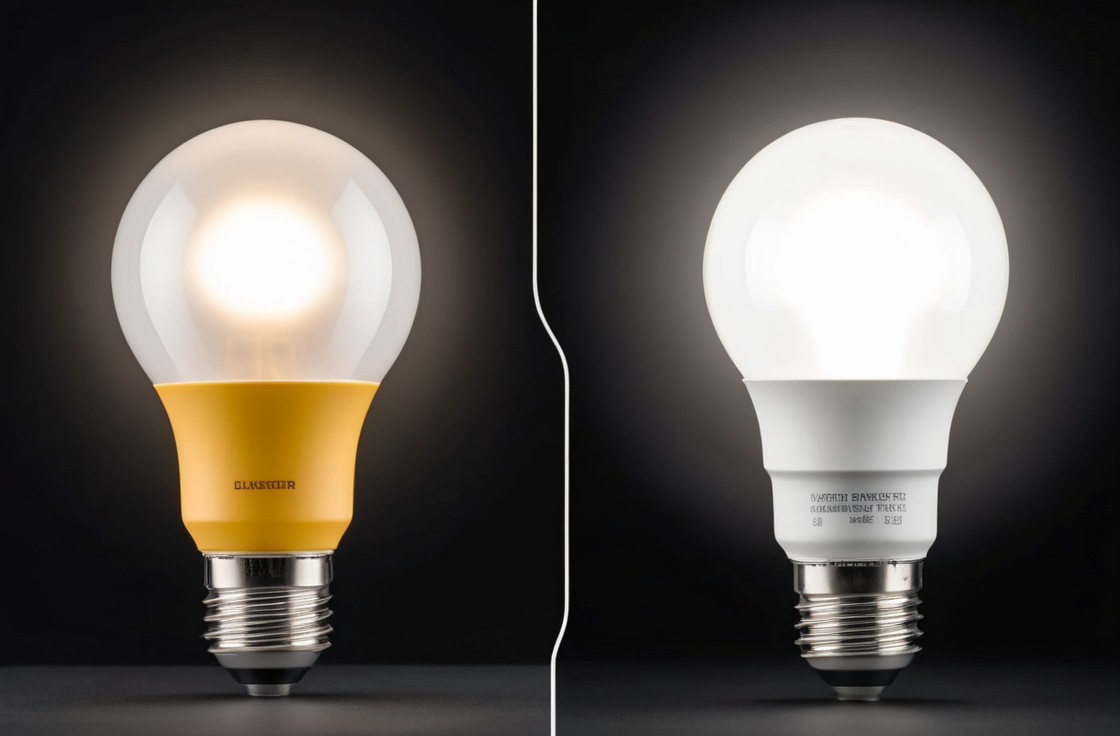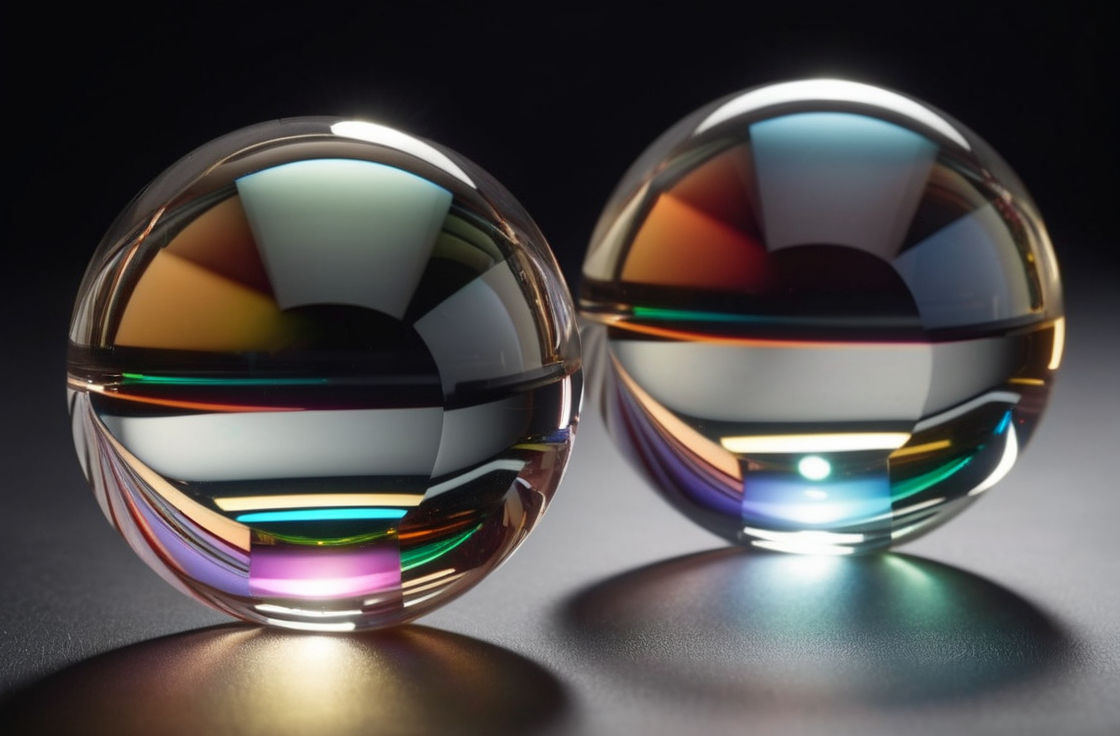What is white Balance calibration? What are the influencing factors?
Whether indoors or outdoors, at sunrise or sunset, different lighting conditions have different effects on the color accuracy of images. Automatic White Balance (AWB), a key function in the Image Signal Processor (ISP), has the main task of restoring the true colors of a scene under changing lighting conditions. Setting the AWB correctly is important for the output quality of an embedded camera module, which affects a number of aspects such as sensor resolution, pixel size, lighting conditions and lens selection. Unlike the human eye, which automatically adapts to different color temperatures to balance various colors, camera lenses need to simulate this process through 'white balance' to ensure the output image is as natural as possible.
In embedded vision applications, the color reproduction ability of lenses is not always the same and proper automatic white balance calibration is required. In this article, we will delve into the key concepts of automatic white balance calibration, analyze the relationship between lenses and automatic white balance, and explain the impact of color temperature on image output.
What is Auto White Balance Calibration?
Automatic White Balance (AWB) is a must-have feature in digital cameras. Its core task is to automatically adjust the color balance of an image under different lighting conditions to ensure that whites and other neutral colors maintain their true colors in an image. by compensating for variations in the color temperature of a light source, AWB allows the camera to capture colors closer to what the human eye sees, and maintain natural and consistent colors, even under mixed light or extreme lighting conditions. natural and consistent colors even under mixed light sources or extreme lighting conditions.
How does the AWB function work?
The AWB function works based on identifying and adjusting white or neutral color areas in an image. When the camera module detects these areas, it adjusts the intensity of the RGB (red, green, and blue) channels to ensure that these areas show neutral colors in the image. This process involves complex algorithms that analyze the image data and automatically calculate the desired color correction parameters. In some advanced camera systems, AWB algorithms are even able to recognize and adapt to multiple light sources, including daylight, fluorescent lamps, incandescent lamps, etc., to achieve more accurate color reproduction.
What are other relevant factors that affect AWB implementation?
In order to implement AWB, the camera needs to understand how color changes at different color temperatures. The concept of color temperature is derived from the color of light emitted by blackbody radiators at different temperatures, usually measured in Kelvin, with different color temperature values corresponding to different light sources and color atmospheres. For example, the color temperature of daylight is around 5500 K, while the color temperature of incandescent lamps is around 2800 K. The purpose of AWB is to make white objects captured by the camera appear as true white in the image at these different color temperatures.
In addition to this, the implementation of AWB depends on the algorithms of the image signal processor and is influenced by the characteristics of the lens. Therefore, in order to achieve the best AWB results, it is also extremely important to have a synergistic calibration between the lens and the camera sensor. This includes a combination of factors such as the lens material, filters, Chief Ray Angle (CRA), and anti-reflective coating of the lens.
How does the lens affect the AWb?
The lens is not only an optical component for imaging, but also a key factor in color accuracy. The material, design and coating of the lens will have an impact on the light that passes through it, which in turn affects the color of the light received by the camera sensor, and ultimately affects the correction effect of the AWB algorithm.
- Lens material: the material of the lens can be plastic or glass, different materials have different refraction and dispersion properties of light, which will change the wavelength distribution of light, thus affecting the reproduction of color. For example, plastic lenses may be more likely to cause chromatic aberration than glass lenses, which requires AWB algorithms to compensate.
- Color Spectrum Filters: The filters used in the lens determine which wavelengths of light can pass through the lens to the sensor. The quality of these filters directly affects the color balance, especially in automatic white balance adjustment.
- Chief Rays Angle (CRA): CRA describes the angle at which the lens receives light, for wide-angle lenses, CRA is particularly important, because it affects the distribution of light at the edges of the image and color uniformity. AWB algorithms need to take into account the CRA to ensure that the color correction is consistent across the entire range of images.
- Anti-Reflective Coatings: Anti-reflective coatings on lenses are used to minimize internal lens reflections, improve light transmission, and reduce flare and ghosting. The quality of these coatings directly affects the amount and quality of light received by the sensor, and thus the performance of AWB.
To achieve optimal AWB results, the lens needs to be precisely calibrated with the camera sensor and ISP.
How to perform white balance calibration in an embedded vision system?
Automatic White Balance (AWB) calibration involves fine tuning the camera's Image Signal Processor (ISP) and the lenses that work with it to compensate for color temperature variations from different light sources and the effects of lens characteristics on color. The following are the detailed steps of the AWB calibration process.
- Color Temperature Selection and Image Capture: The first step is to capture a test image at a series of predetermined color temperatures, which typically include daylight, fluorescent, incandescent, etc. This step simulates the color temperature that the camera may encounter. This step simulates the various lighting environments that the camera may encounter and provides a data base for subsequent calibration.
- White balance algorithm application: next, the AWB algorithm is applied to the captured images. The goal of the algorithm is to identify white or neutral areas in the image and adjust the gain of the RGB channels so that these areas are rendered neutral at different color temperatures.
- Compensation for Lens Characteristics: Since the characteristics of lens materials, filters and anti-reflective coatings can affect color reproduction, these factors need to be compensated for. This usually involves adjusting the parameters in the AWB algorithm to correct for lens-induced color deviations.
- Fine tuning and optimization: During the calibration process, several iterations may be required to fine tune the parameters of the AWB algorithm. This includes adjusting color temperature thresholds, optimizing algorithm response speed, and ensuring color consistency under different lighting conditions.
- Validation and testing: Finally, the effectiveness of the AWB calibration is verified by testing the camera under actual lighting conditions. This includes capturing images under both natural and artificial light sources and evaluating color accuracy and overall image quality.
What applications require automatic white balance calibration?
Indoor photography
In indoor photography, photographers often need to work with mixed light sources, such as natural light mixed with artificial light. the role of AWB here is to ensure that the skin tones of the people and the colors of the scene are naturally coordinated. By accurately calibrating the AWB algorithm, the photographer can reduce the workload of post-editing and directly obtain images with good color balance.
Car Reversing Camera
Car reversing cameras operate at different times of day and under different lighting conditions. AWB calibration improves the clarity and color accuracy of images when reversing at night or on cloudy days. By optimizing the AWB, drivers can get a clear rear view under various lighting conditions and improve safety.
Sinoseen helps embedded vision engineering for lens calibration and camera module customization
At Sinoseen, we can help embedded vision project engineers and technicians select the right lens and match the right camera module to meet their application requirements. In addition, we also provide a variety of customization services, including but not limited to housing design, on-board design, and so on. For more information about Sinoseen's products and services, please feel free to contact us.
FAQ
1: Why do I need AWB calibration for my lens?
The characteristics of a lens such as material, filters and anti-reflective coatings affect the light that passes through it and therefore the color reproduction. AWB calibration of lenses is performed to compensate for color deviations caused by these factors and to ensure color accuracy and naturalness of images.
2: How does color temperature affect image quality?
Color temperature determines the color of the light source, and different color temperatures result in different color atmospheres. Color temperature affects the camera's interpretation and reproduction of colors. For example, an image under a low color temperature light source may be warm, while an image under a high color temperature light source may be cool.AWB compensates for these variations by adjusting the camera's color temperature settings to ensure color accuracy in the image.

 EN
EN
 AR
AR
 DA
DA
 NL
NL
 FI
FI
 FR
FR
 DE
DE
 EL
EL
 HI
HI
 IT
IT
 JA
JA
 KO
KO
 NO
NO
 PL
PL
 PT
PT
 RO
RO
 RU
RU
 ES
ES
 SV
SV
 TL
TL
 IW
IW
 ID
ID
 SR
SR
 VI
VI
 HU
HU
 TH
TH
 TR
TR
 FA
FA
 MS
MS
 IS
IS
 AZ
AZ
 UR
UR
 BN
BN
 HA
HA
 LO
LO
 MR
MR
 MN
MN
 PA
PA
 MY
MY
 SD
SD
















